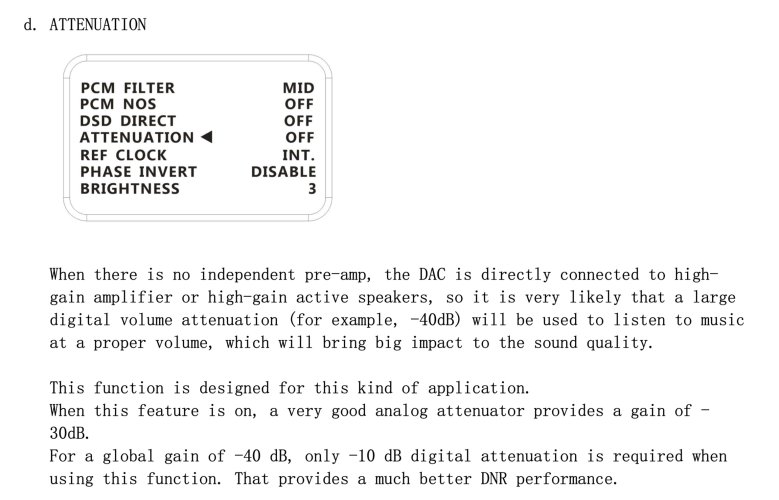Yesterday I updated the R26 firmware to CT m2.1 and the renderer to 1.42. Fairly easy process used VMware on my Mac for the firmware and Belencia Etcher in MacOS. All was good, working just fine. A couple of hours latter when I was done listening I left the R26 powered on as I usually do.
When I sat down this afternoon to listen HQPlayer wasn’t recognizing the R26, yesterday it showed the new version 1.42. Checked in Roon also wasn’t recognizing the R26. Checked my FMC and the clean end wasn’t showing a connection but the dirty end seemed fine. Plugged the FMC into my iPad and it fired right up. I then ran some Ethernet to the R26 instead of the FMC, no luck. Restarted just about everything, network, computers, components, still nothing.
I figured I’ll have to reflash the renderer, but now Balencia Etcher isn’t finding the R26. I tried in both Mac and Windows. On windows it did ask me if I want to connect but I never got the Ignore/Eject pop up and nothing in BE.
Well let’s try redoing the firmware. So, I ran through that again in Windows and it worked fine. The Gustard program recognized the R26 and as far as I can tell I have a fresh install of CT m2.1. Didn’t do anything for the Lan. Balencia Etcher still can’t find the card in the R26.
I did quickly try Bluetooth to make sure the DAC is still functioning and that worked. I’m not even sure it’s the firmware/renderer fw. It was working fine yesterday. Should I open it up and take the card out and flash it that way? Should I revert to 1.4 if I do that?
























